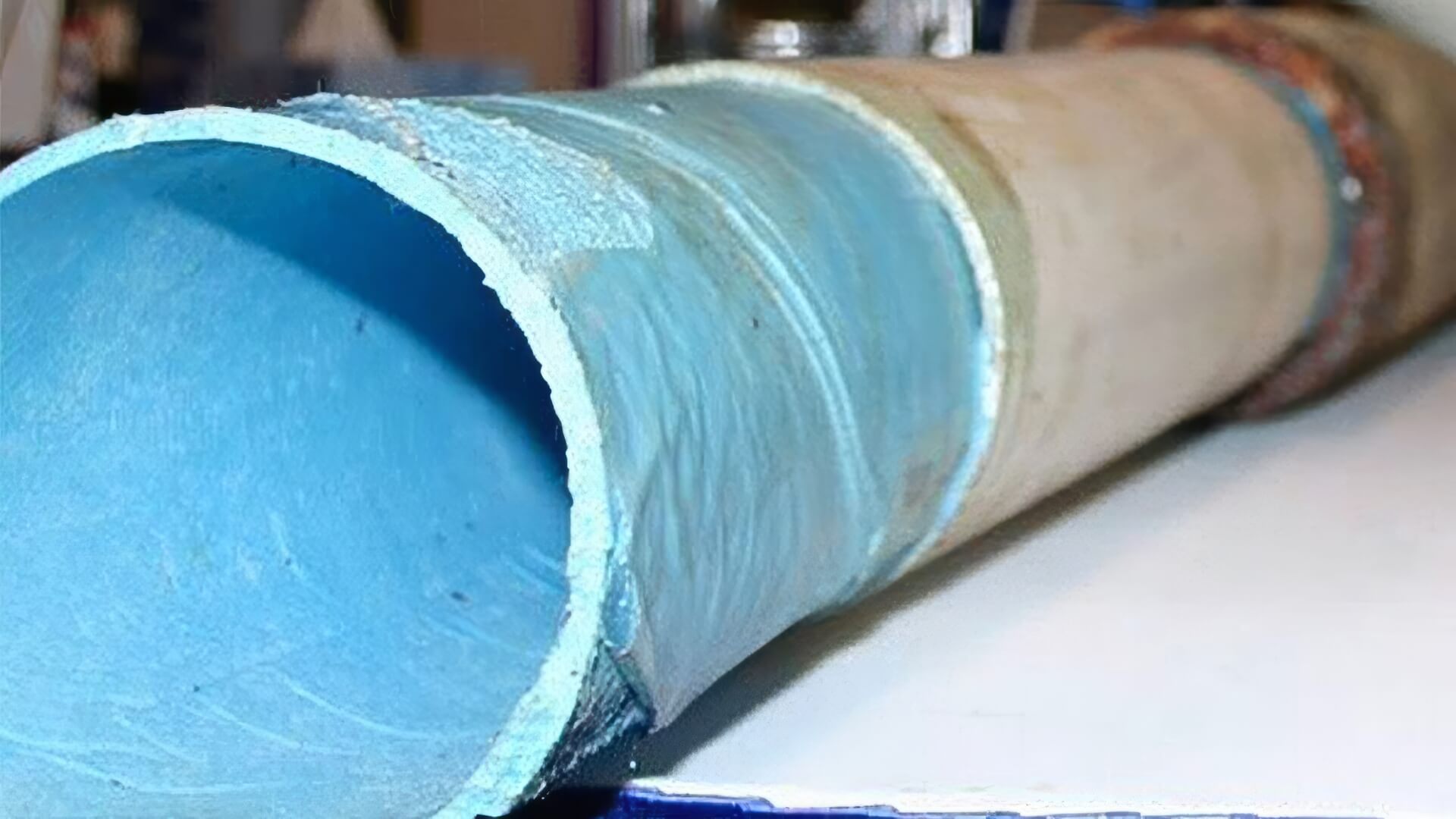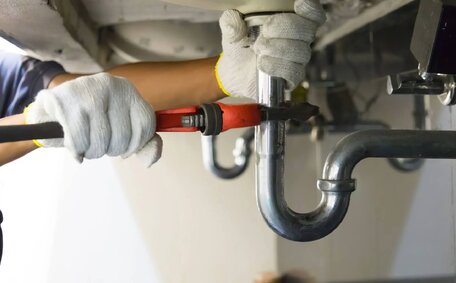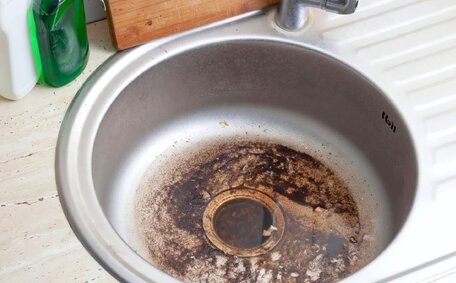Understanding the role and function of a gas valve
A gas valve, essential for safety, is integral to the operation of heating units such as boilers and furnaces. Its primary role is to control gas flow from the supply line, crucial for the warmth and safety of your home. Gas valves in good working order are certified to maintain heating system efficiency and prevent hazardous gas leaks.
Common gas valves in Australian homes include furnace gas valves, safety shut-offs, pressure regulators, and pilot light valves.
Normally functioning main gas valves enable gas flow into the furnace when signaled by the thermostat for heat. Safety shut-off valves, a critical part of the safety circuit, automatically close if they detect conditions where the gas valve can create risks such as abnormal furnace operation, leaks, or flame failure into your appliance. Pressure regulators and the pressure switch ensure gas enters the unit at the optimal pressure, essential for hot water and heating combustion. When the gas valve for the pilot light opens, it supplies a small amount of gas to ignite the pilot, protecting components like the heat exchanger and enabling the main burner to ignite.
If flooding impairs your heating valve’s function, it’s critical to engage an HVAC company to mitigate gas leakage risks. Replacement of the furnace’s control board and gas valve, accompanied by a boiler reset, can reinstate functionality and safety.
Common signs your gas valve is failing
Several common signs can indicate your furnace, including the inducer motor, may be failing:
- Strange noises like hissing or whistling coming from your gas boiler
- The furnace short cycles - it turns on and off frequently without reaching the set temperature
- The pilot light frequently extinguishes
- Rotten egg smell indicating a gas leak
- Furnace shuts down completely and won’t relight
These signs may suggest a malfunctioning gas valve, circuit board problems, or wear on other components.
Gas leaks are particularly dangerous, often signalling a defective gas valve; it’s imperative to contact a licensed gas technician immediately upon noticing these issues. Trying to relight a pilot or reset your furnace yourself with a faulty valve can lead to a risky situation where you question how know your own safety procedures.
Complete furnace shutdown
A complete furnace shutdown is among the clearest indicators of a potential issue, such as a failing gas valve. Modern high-efficiency furnaces and boilers have safety features that locks out operation automatically rather than run the risk of a dangerous gas leak.
There are a few reasons why a faulty gas valve could directly cause a complete furnace shutdown:
- The valve is stuck fully closed, blocking all gas flow to the burner system
- The gas valve faulty, is leaking gas dangerously into the unit
- Flame sensor detected loss of pilot light or burner ignition failure
Upon furnace shutdown, check for error codes via indicator lights. Silence or a non-responsive system could indicate a valve issue.
Try resetting the furnace and listening to confirm the gas valve working, indicating your furnace is ready to heat again.
Frequent short-cycling
Short-cycling refers to when a furnace turns on, heats briefly, then shuts off before reaching the thermostat set temperature. It then quickly turns back on to repeat the short heating cycle.
Frequent short-cycling is generally abnormal and undermines the efficiency of both your heating system and air conditioner. A well-functioning furnace typically runs for 5 to 15 minutes to distribute warm air evenly, ensuring proper operation and consistent heat. Run times under 5 minutes often indicate an issue, impacting consistent home heating.
Common causes of short-cycling include:
- Failing gas valve not closing properly
- Thermostat malfunction
- Clogged air filter
- Blower fan problems
Record short-cycling frequency and on/off cycle durations, as they may provide clues to an HVAC technician investigating the gas valve as the source of the problem.
Strange noises from the furnace
Some strange noises coming from your furnace may indicate an issue with the gas valve. Here are some noises to recognise for a know furnace gas valve issue:
- Hissing: A hissing sound, like gas escaping, likely signals a gas leak from a faulty valve. This requires immediate attention to prevent dangerous gas buildup.
- Whistling: High-pitched whistling after the furnace starts up hints at problems with gas flow and pressure regulation.
- Banging: Loud banging when the furnace first ignites or turns off is abnormal and could cause a gas leak. This points to potential valve jamming or failure to open/close fully.
Recognizing a functioning furnace involves knowing its normal operational sounds, including humming and intermittent clicking. But unfamiliar sounds demand investigation - this is how know furnace issues may be present: turn off the furnace promptly as gas leaks lead to explosion risk and carbon monoxide poisoning. If any strange noises persist, promptly seek professional assistance to prevent heater damage or safety hazards.
Gas leaks
Gas leaks pose an extremely dangerous threat and require a response as soon possible to mitigate risks. Natural gas is naturally odourless; mercaptan is added to create a distinctive 'rotten egg’ scent to alert homeowners to potential gas valve issues.
If you smell gas or detect something is wrong with your furnace or boiler at any time, evacuate the home immediately and call the fire brigade on 000.
Do not operate any electronics, flip light switches, or do anything that could cause a spark. Any size leak indicates something wrong your gas valve that risks gas buildup and potential explosion.
Avoid attempting to locate the gas leak yourself or delaying action in hopes the smell dissipates. Gas leaks intensify with time as the escaped gas volume increases. Additionally, avoid relighting a pilot light or operating a gas furnace if you suspect a fault, as internal electronics could spark and ignite leaking gas.
Gas leaks require emergency gas technician attention to identify and replace the failing valve before reestablishing safe furnace operation. The technician will use leak detection tools to pinpoint the issue and ensure no residual gas from a faulty gas valve one lingers before making necessary repairs.
In worst case scenarios, a home may be deemed unsafe for occupation until the entire gas supply system is thoroughly inspected and restored to code. But the priority is always immediate safety steps if any leak is noticed.
Troubleshooting tips for a faulty gas valve
If you suspect problems with your gas valve, there are a few basic troubleshooting steps to try before calling a professional:
- Check the indicator light or display code for insights on valve open faults and determine if your furnace gas valve is experiencing specific issues. Certain codes can point to specific gas valve faults.
- Pay close attention to detect any operational irregularities with your furnace valve and gas burner during startup. Strange noises or an absence of them can tell your furnace is experiencing difficulties.
- Inspect wire connections leading to the gas valve for any loose wiring which could prevent proper operation.
- Clean flame sensor with steel wool. Soot buildup can prevent the valve from staying open.
- Consider replacing basic parts like thermocouples and pilot assemblies. Faulty components can cause gas valve problems.
Should the valve malfunction despite troubleshooting, cease using your furnace and consult a professional HVAC technician immediately. They have specialised tools to diagnose issues and will ensure safety by checking for gas leaks before any complex repairs occur.
Potential dangers of a faulty gas valve
A faulty gas valve poses severe safety risks. Gas leaks from a deteriorating valve can lead to dangerous gas buildup in the home, creating explosion and poisoning hazards.
Specifically, a faulty valve may:
- Fail to close properly, allowing dangerous amounts of gas to leak out
- Open sporadically, releasing bursts of gas into the unit
- Get stuck fully open/closed, blocking proper gas flow
Such malfunctions can result in diverse furnace issues, including short cycling, odd noises, complete shutdowns, and pilot light extinguishment. If unresolved, leaking gas may ignite from a spark or heat source, triggering devastating explosions.
Gas leaks release toxic carbon monoxide, causing nausea, fainting, or even death if exposed for long periods. Installing CO detectors provides an alert to this invisible, odourless threat.
If you suspect your gas valve is faulty, evacuate the home and call emergency services immediately. Only a licenced professional can safely inspect for leaks, isolate gas supplies, and replace damaged valves. Risking DIY repairs can further jeopardise household safety.
When professional help is needed
For any troubles with your gas heating unit, contact a professional boiler repair service, such as Kareela Plumbing, immediately:
- You smell rotten eggs or detect any gas odour
- You hear strange noises like whistling, hissing, or banging from the unit
- The pilot light repeatedly goes out
- The furnace short cycles frequently
- The furnace shuts down completely and fails to relight
Our licenced technicians have the expertise to inspect your entire gas system for leaks, diagnose faults, and make sure that the damaged valves are replaced. We carry specialty detection tools to accurately pinpoint issues for repair. Trust our home services to ensure a repair can restore safe and reliable furnace operation quickly.
For rapid response to gas leaks or other heating concerns, Kareela Plumbing offers 24/7 availability. Call 1300 349 338 or email jobs@kareelaplumbingservices.com.au to schedule affordable repairs by our local, licenced specialists serving the Kareela area.
Preventive maintenance to avoid gas valve failure
Routine boiler maintenance is key to prolong the lifespan of your gas fixtures, maintain smooth operation of your heating systems, and ensure household safety.
Annual inspections
Annually, before winter, have a licenced technician check your furnace and gas valve. They will check for leaks, test combustion efficiency, clean components, and make any necessary repairs.
Replace gas valve proactively
Furnaces gas valves wear out over time from opening/closing cycles, which is why it may become necessary to replace them every 5-10 years as a preventative measure to avoid potential failure.
Check valve operation
When your furnace starts up each year, listen for the gas valve to open/close with a clicking sound. Also check that the pilot light ignites properly and remains lit. Contact a professional if any abnormal operation occurs.
Proactive inspections, timely replacements, and regular monitoring can prevent failures during cold periods, ensuring safe and continuous system operation.






